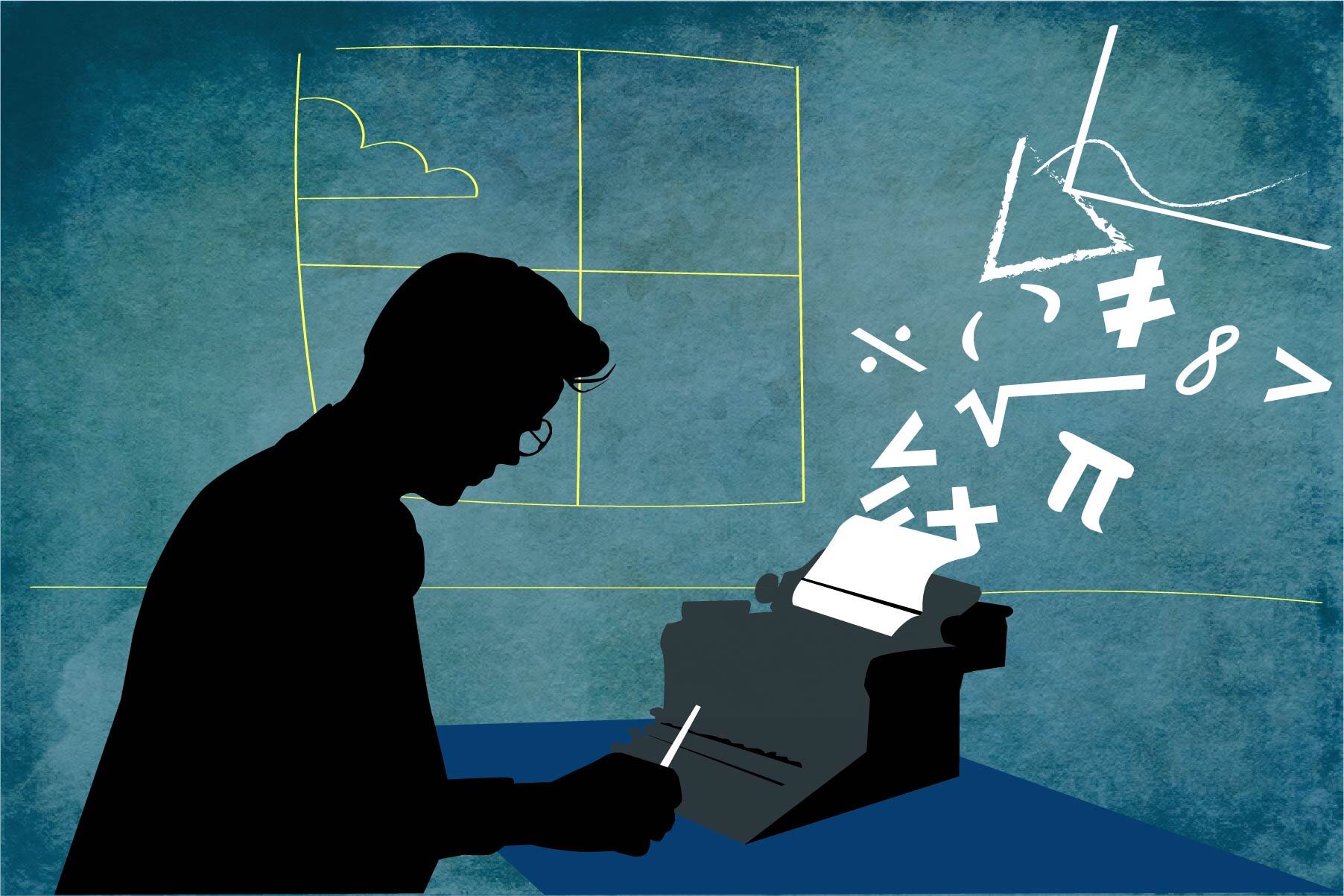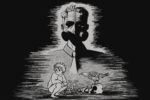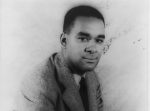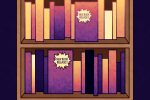Math fiction is a niche genre that tends to be dominated by modern Greek writers. These Greek math fiction novels stand alone as interesting stories, providing a good read for anyone who’s looking for one.
But they go a step further in providing basic mathematical exposition: a learning opportunity disguised as entertainment. Here are the four best novels to read in English or translation.
1. “Uncle Petros and Goldbach’s Conjecture”
Written by Apostolos Doxiadis in 1992, “Uncle Petros and Goldbach’s Conjecture” is a coming-of-age tale of a young Greek boy in search of information about his mysterious uncle, the titular Petros.
Uncle Petros was a math prodigy, but threw his career and life away in pursuit of the answer to one question. He had become obsessed with finding a proof for Goldbach’s conjecture, and in failing to do so, he turned away from mathematics forever.
Goldbach’s conjecture is an unsolved problem in number theory that asks for a mathematical proof of the idea that every integer larger than two can be created by adding two prime numbers. For example, 10 can be expressed as the sum of the prime numbers 3 and 7. This problem was posed by Christian Goldbach in 1742 and remains unproven to this day.
Doxiadis crafts an intricate tale that traces a family’s obsession with math and with uncovering their own history. The story is certainly moving as a work of fiction, but it is also credited as helping to form the genre of mathematical fiction.
2. “Logicomix”
The only graphic novel on this list, the 2008 novel “Logicomix” is the production of authors Apostolos Doxiadis and Christos Papadimitriou, as well as illustrators Alecos Papadatos and Annie Di Donna. The illustrated novel tells the story of Bertrand Russell, father of set theory, and gives a biographical account of his life and study of logic. In so doing, it introduces the reader to the basics of set theory, including the paradox named for Russell himself.
Russell’s paradox assumes that there are sets of things that do not contain themselves — the set of all rabbits is not itself a rabbit. But there are also sets of things that do contain themselves — the set of all things that are not rabbits must be included in itself, as it is not a rabbit.
Would a larger set of all such sets that do not contain themselves have itself as a member? If it doesn’t, then it fits our criterion for belonging in the set, and therefore the set does contain itself. Confused yet? This logical impossibility is known as Russell’s paradox.
While presenting the reader with easy-to-parse accounts of complex logic gymnastics like Russell’s paradox, “Logicomix” also intersperses modern day scenes that include the actual authors of the book. It’s a nice way to embed the tale of math history into a more modern moment, and allow for more contemporary discussion of the philosophy introduced in the discussion of Russell’s life.
3. “Pythagorean Crimes”
Superficially, Tefcros Michaelides’ 2006 novel “Pythagorean Crimes” is a murder mystery about the death Stefanos Kantartzis, told by his best friend and the primary suspect in his death, Michael Igerinos. At its heart, however, the story tackles the idea that solving mathematical problems can incite passion — for the problem solver, sure, but also for those who must accept the answer.
The title refers to the famous Pythagorean theorem, which tells us that in a triangle with a right angle, the square of the long side will equal the square of the shorter sides added together. If both of the shorter sides have a length of 1, then the longer side becomes an irrational number — the square root of two, which cannot be represented as a fraction.
In “Pythagorean Crimes,” Michaelides includes the story of a Greek man named Hippasus, who pointed this out to a group of Pythagoreans. This cult, however, had a concept of reality that did not allow for such irrational numbers. It’s believed that, to prevent Hippasus’ heretical square root of two, Pythagoreans drowned the man.
“Pythagorean Crimes,” then, draws from a long history of math-fueled murder, and traces the historical roots of mathematical problems, solutions and passions. The tale embeds real people from the history of mathematics in their historical context, creating a compelling story that does no small amount of teaching.
4. “Turing (A Novel about Computation)”
The only novel on this list originally written in English, Christos Papadimitriou’s “Turing (A novel about Computation)” is, perhaps surprisingly, a love story. It follows the love triangle of computer executive Ethel, archaeologist Alexandros and hacker Ian.
While a love triangle might not be the most intuitive space to insert mathematics, Papadimitriou tells this tale through lectures from an artificially intelligent tutoring program called “Turing.” This program provides information on intellectual history that embed the reader in the history and philosophy of math.
Of course, the AI program is named for Alan Turing, the World War II code breaker and father of the Turing test for artificial intelligence. This test imagines three players: two humans and one machine. One human is asked to communicate with the machine and the other human, without knowing which one is which. Their task is to determine which interlocutor is machine and which is human.
The Turing test, and Alan Turing himself, are therefore apt namesakes for Papadimitriou’s Turing computer program. While this artificial intelligence drives the novel and acts as the vehicle for math within the story, it is the real human emotions and interactions that work to craft the overarching tale.
Other Novels from Other Cultures
Of course, there are other math fiction novels out there. One of the most recognizable works is the 1884 story “Flatland: A Romance of Many Dimensions” by Edwin A. Abbott, which describes a two-dimensional world visited by a three-dimensional being. The resulting tale explores how to understand mathematical constructs by explaining them to a being of lesser dimensions.
The story has famous sequels, too, including the 1965 “Sphereland” by Dionys Burger and 2001 “Flatterland” by Ian Stewart, which modernize the idea for 20th and 21st-century readers and mathematical concepts.
While there are many available writers of mathematical fiction, it’s the modern Greeks who truly excel at the art.
Why Are the Greeks So Good?
I loathe to attribute the Greek’s excellence in math fiction to their historical association with math. While much of the geometry discussed today includes Greek names like Pythagoras and Euclid, theirs is neither the only culture to influence modern math nor the only ancient culture to be able to lay claim to mathematical developments.
Rather, I think that there’s more of a cultural movement in Greece to embrace the idea that math — real, hardcore math — can be approached from a literary perspective. Traditional narratives divide the humanities and the sciences, separating literature and math, and work to isolate these fields from overlapping studies.
Recent calls have been made to bridge this divide. The STEAM movement seeks to add the arts (“A”) back into STEM fields (Science, Technology, Engineering and Mathematics). It’s at places where this divide is the weakest where math fiction, an inherent blend of both the sciences and humanities, can best thrive.
So how does Greece take advantage of this? They have created institutions specifically to help bridge the artificial science/art divide. One such institution is Thales and Friends, a student engagement program designed to promote the combination of disciplines. In fact, many of the authors of modern Greek math fiction novels are members of Thales and Friends.
By drawing from their heritage and embracing the modern movement toward combining math and literature, the Greek authors of math fiction have crafted stories that compellingly bridge the divide between these two cultures. These Greek math fiction stories are therefore well worth a read — whether you are interested in math, history, or just a good read, these stories deliver on multiple levels.
















